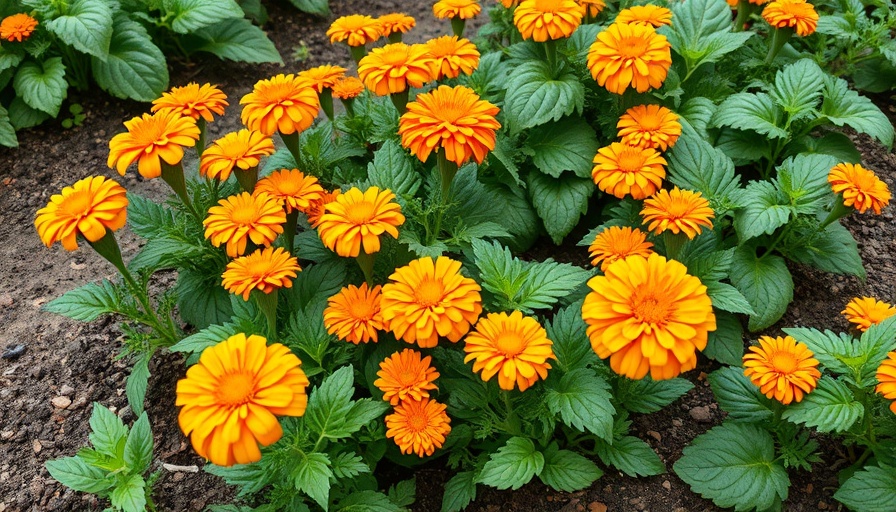
Understanding Trap Cropping: The Essentials
Have you ever felt frustrated by persistent pests devouring your beloved garden? Just like some snacks entice kids over nutritious meals, certain plants attract insects more than your garden favorites, such as broccoli or tomatoes. The good news is that by leveraging these preferences, you can use trap crops as decoys, drawing pests away from your precious plants.
Trap cropping is a strategic part of integrated pest management (IPM), where attractive plants, also known as sacrificial plants or decoys, are used to lure harmful insects away from crops. This allows for easier control and management of pests while minimizing damage. Understanding how to effectively implement trap crops could transform the way you approach pest control in your garden.
How to Implement Trap Cropping Successfully
Setting up trap crops in your garden isn’t merely planting a few decoy plants and hoping for the best; it involves strategic planning. One effective method is to establish trap plants on the perimeter of your garden, which is especially beneficial for larger fields. This perimeter approach acts as a barrier, drawing pests like thrips that might not enter the denser parts of the garden.
Alternatively, if you're tackling pests that are stronger fliers, consider intercropping—placing trap plants within your existing crops or garden rows. This technique targets pests such as aphids or moths that can navigate through your garden bed. Understanding the nuances of your local pest populations plays a crucial role in choosing the right method to deploy.
Choosing the Right Trap Plants
Successful trap cropping hinges on selecting the right decoy plants. Ideal trap crops are those that pests find more appealing than your primary crops. For instance, intercropping marigolds alongside vulnerable crops not only attracts certain pests but can also deter nematodes due to their natural pest-repelling properties.
Attractiveness varies by species, developmental stage, and many environmental factors. Therefore, knowing your pests’ preferences is essential. Start with common trap crops like mustard, radish, or buckwheat, which are known for attracting a variety of pests. Keep experimenting with different plant varieties to discover what works best in your garden environment.
Addressing Challenges and Enjoying Benefits
While the appeal of trap cropping is undeniable, it’s important to recognize the challenges as well. Management of additional plants requires time and effort, and improperly chosen decoys can lead to competition for nutrients and water in your garden. Regular observation is key—monitor your decoy plants closely, ensuring they don’t become infested and simply allow pests to thrive unchecked.
Despite the challenges, the rewards of trap cropping are plentiful. You can enhance pest control without resorting to chemical pesticides, which is beneficial not only for your plants but also for local wildlife and pollinators. The satisfaction of seeing your plants thrive without heavy reliance on synthetic solutions is a compelling reason to adopt this method.
Crafting Your Own Unique Garden Strategy
Each garden is unique, and adopting trap cropping may very well lead to a more personalized approach to pest management. Take note of your soil quality, garden layout, and plant varieties to craft a strategy that fits your specific needs. Consider how you might also incorporate elements like raised beds, companion planting, or organic fertilizers to round out your gardening efforts.
As you engage with nature, don't hesitate to experiment and tweak your trap cropping methods. Keep a journal of what works and what doesn’t, and learn from both successful and less successful outcomes to improve each season.
Conclusion: Take Control of Your Garden
Using trap crops as a method of pest control is a sustainable and innovative way to keep your garden flourishing. By understanding pests' preferences and strategically employing trap plants, you can enhance your gardening efforts significantly. You have the knowledge; now it’s time to put it into action. Embrace the creativity of gardening and enjoy the fruits of your labor without the weight of pest concerns. Happy gardening!
 Add Row
Add Row  Add
Add 




Write A Comment